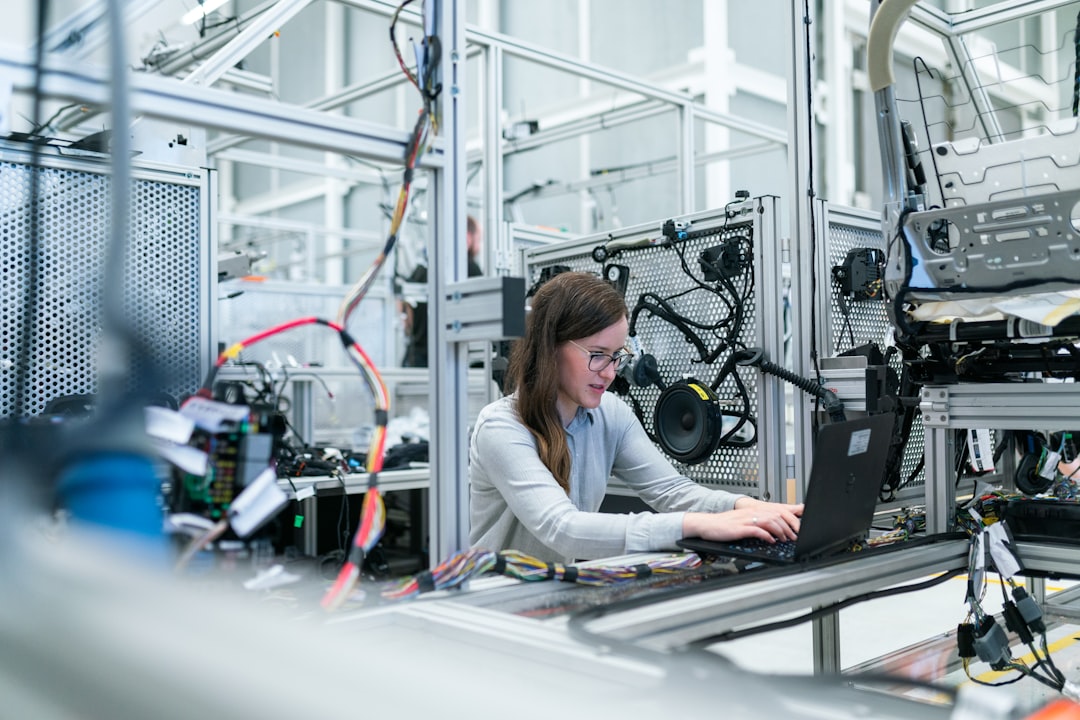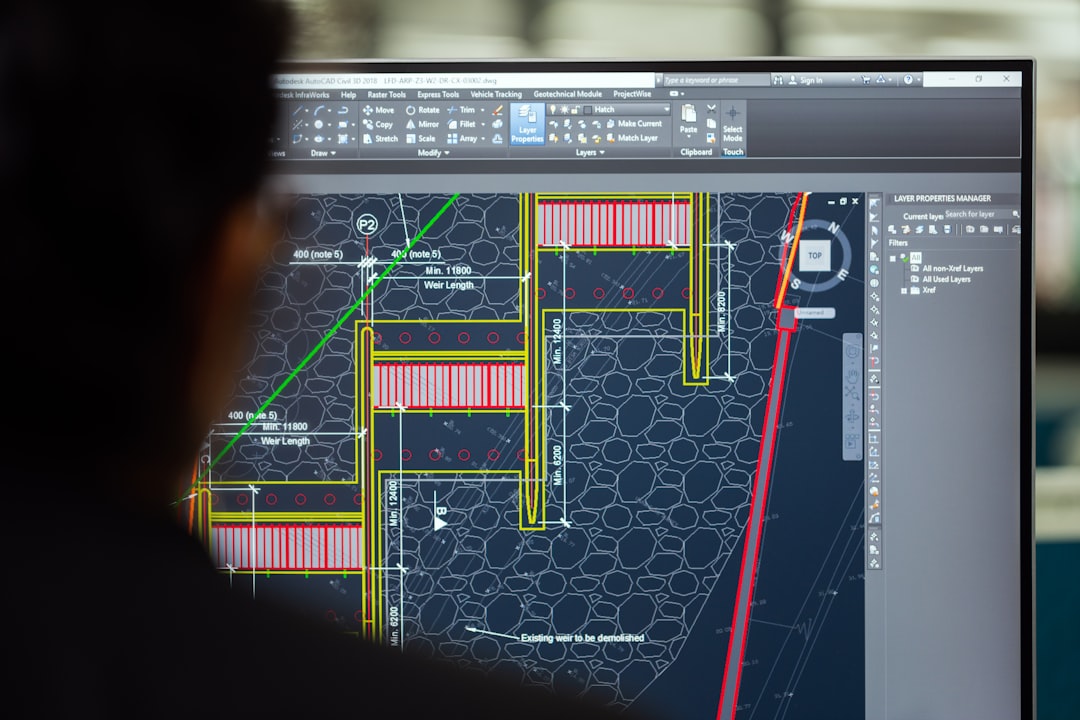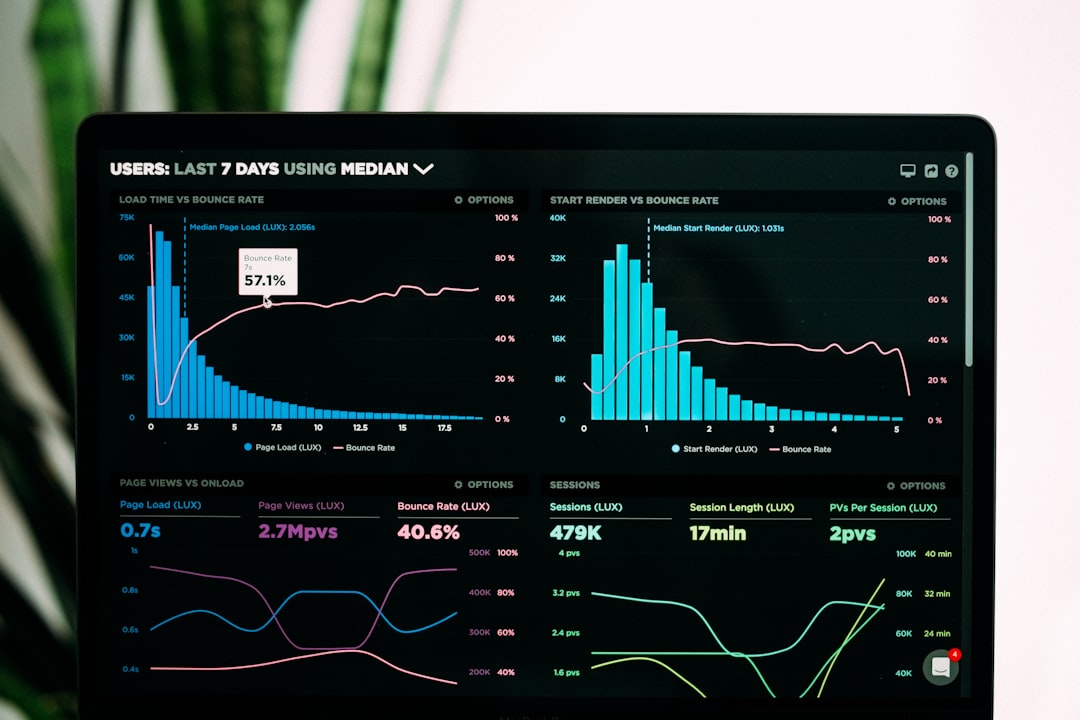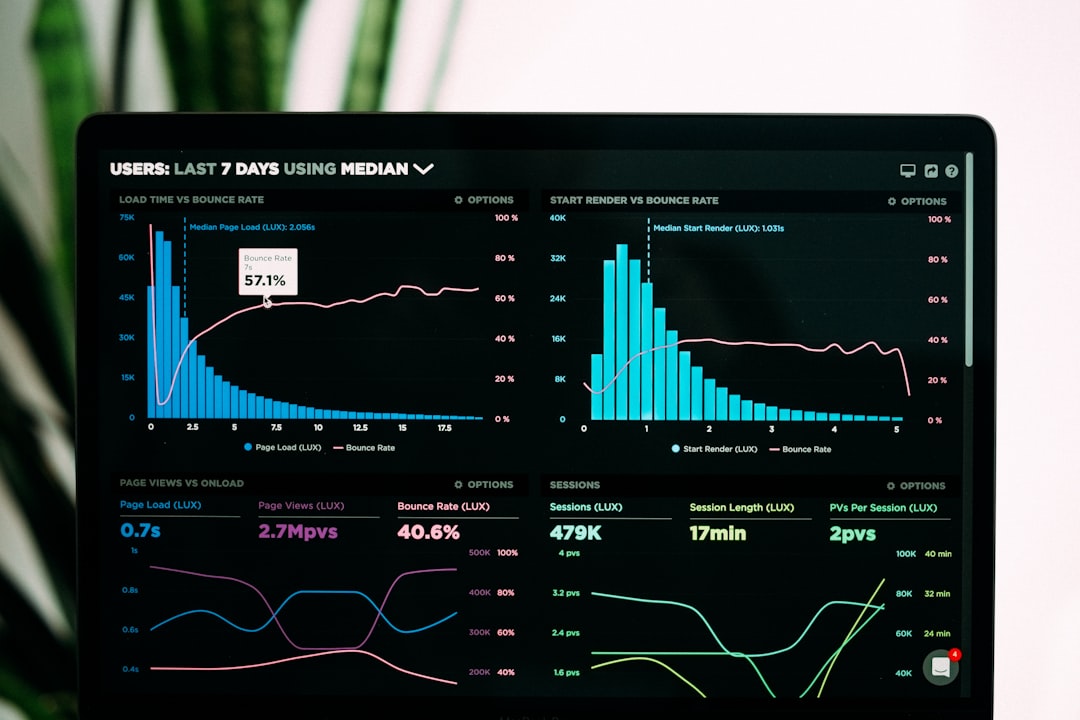Unlock encrypted content
Please enter your SSCE key to initiate on-the-fly decryption.
Decryption key: (Click cancel if you don't have the key)
Copied link to clipboard.
This feature is unavailable for free accounts. Upgrade now and enjoy all Premium benefits.
Go Premium!
This feature is unavailable for free accounts. Upgrade now and enjoy all Premium benefits.
Go Premium!
Please open this page in browser ( Google Chrome or Safari ) to use this feature.
Open In Browser
Exploring the Apple Vision Pro: A Peculiar Twist on Augmented Reality.
Random related video for this blog.
Copied share link to clipboard.
Related
Efficient File Sharing and Data Deduplication: Transforming the Future of...
June 16, 2023
Read More
Unlocking the Power of Data: Exploring the Latest Technological Advancements
June 16, 2023
Read More
Futuristic Transportation and Gadgets: Revolutionizing the Way We Move and...
June 16, 2023
Read More
The Future of Technology: Brain-Machine Interfaces, Autonomous Vehicles, and More
June 16, 2023
Read More
Cutting-edge Innovations in File Recovery, Radar Systems, and Data Analytics
June 16, 2023
Read More
Scalable Storage and User-Friendly Interface: The Future of File Accessibility...
June 16, 2023
Read More
Cloud Storage Pricing, Data Sharing Permissions, and Advanced Data Encryption...
June 16, 2023
Read More
Popular
Latest
The Future of Digital Transformation: Exploring Smart Homes, Efficient File...
November 30, 2025
Read More
Exploring the Benefits of Cloud Storage and Innovative Technologies in...
November 26, 2025
Read More
The Future of Technology: Exploring Biohacking, Space Tourism, and Digital...
November 23, 2025
Read More
The Future of File Sharing: Streamlined Workflows for Photographers and...
November 19, 2025
Read More
Exploring the Intersection of Technology: From Cybersecurity to Augmented Reality...
November 16, 2025
Read More
The Future of File Management: Embracing Edge Computing and Efficient...
November 12, 2025
Read More
The Future of File Sharing: Exploring User-Friendly Solutions and Data...
November 5, 2025
Read More
The Future of Cloud Storage: How FileLu Empowers Creative Professionals...
November 2, 2025
Read More
The Future of Autonomous Technologies: Innovations in Robotics, File Sharing,...
October 29, 2025
Read More
Emerging Technologies Revolutionizing File Management: From Li-Fi to Robust Collaboration...
October 26, 2025
Read More
Emerging Technologies: Exploring the Impact of File Access Auditing, Genetic...
October 19, 2025
Read More
The Future of Data Storage: Exploring Advanced Encryption, Mobile Integration,...
October 5, 2025
Read More
Exploring the Future of Data Management: Security, Efficiency, and Cognitive...
September 28, 2025
Read More
Revolutionizing Data Management: Innovations in Storage, Security, and Sustainable Technology.
September 24, 2025
Read More



















